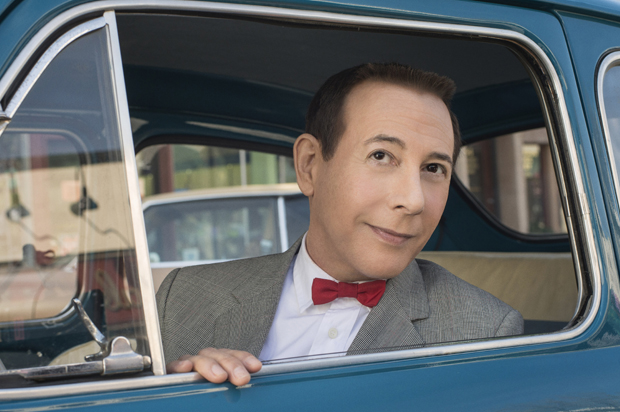The human body is officially is a gross, ugly thing that nobody wants to look at. Fortunately, as an enlightening, terrifying feature by Logan Hill in Vulture reveals, you don’t have to! In what Vulture calls “Plastic Surgery With a Mouse Click,” Logan reveals that Hollywood is now using advancements in technology not just to create blockbuster special effects, but to dramatically change the appearance of the performers — and their performances.
Special effects are as old as cinema itself — as actor Geoffrey Rush reminds Vulture, “We’ve always had trick photography. They would spend four hours lighting a Bette Davis shot. Now every shot is CG. We’re all going back to Georges Méliès.” But along with technological smoke and mirrors, there’s also always been a deep respect for the transformative craftsmanship of film as well — the artistry of wigs and makeup, and the intense work that actors bring to physically inhabit their roles. Now, however, whether it’s adding muscles on a superhero, a boost of tears on a sad expression, or whittling off pounds, years, or another performer’s entire face, anything is possible. And very little needs to be real.
The boundaries of what digital enhancement can do have been expanding for years now — along with questions over what now constitutes authentic acting. Veteran character actor Andy Serkis has repeatedly been considered — and shut out — of Oscar contention for his computer enhanced roles in the “Lord of the Rings” films and the “Planet of the Apes” ones. But now, as an industry show runner says, CG can be used for everything from replacing the face of an actor who had to drop of out of a TV project to wiping out a pimple or eye bags.
Effects teams perform “digital dermabrasion, removing any age spots or imperfects,” firm up skin, reduce areas “like earlobes and noses that grow larger with age,” and more. Vulture introduces us to the chilling phrase digital “youthenizing” — a homophone for mercy killing — to describe what 63 year-old Paul Reubens underwent to appear as the ever youthful Pee Wee Herman in the recent “Pee Wee’s Big Holiday.”
And a visual effects editor explains, “I’ve done beauty retouching on women who are practically supermodels, but because they’ve got an extra few ounces …” It’s now fairly commonplace to visually stretch actors to make them longer and leaner. An entertainment attorney explains, “It’s in everyone’s best interest that [an actress] not look haggard and that her jowls don’t look too old or whatever.” An Oscar nominated editor, meanwhile, says he offers directors three options: “slightly retouched, quite retouched, or full-on taxidermy.”
Kind of makes you understand why the paparazzi industry seems even more bloodthirsty than ever lately. If a former television performer appears outside in the real world with lines or thinning hair, if an old photo emerges of a desirable actor with a few extra pounds, if a famous woman walks down the street in normal clothing and without benefit of as yet still imaginary real time photoshopping, there’s an inevitable gleefulness to the exposure. Look at that — a human being walking around in a meat suit, just like us! GOTCHA! Now let’s all go back to self-loathing for not looking like even people who are “practically supermodels” really look.
Aside from the ethical issues that the industry is grappling with — you’re putting that actor’s face on what now? — the implications for what happens when it’s so easy to tweak are fascinating to consider. It’s one thing to — as Hollywood teams have — conceal a pregnancy or adjust an actor’s body during reshoots months after a film has wrapped. It’s something else to blast off an “extra few ounces” on ears that the years have made slightly larger, or even adjust a smile “so it looks a little more genuine.” It’s like auto-tuning, but for your face and your acting.
Yet if there’s a glimmer here that somehow, even as we descend ever deeper into Uncanny Valley, there’s a part of us that still longs for something not quite buffed and waxed to perfection, it may be this revealing tidbit — a quote from Lola Visual Effects’ co-founder Edson Williams from the book “Masters of FX,” in which he explains the wonder of technology not to do but to undo. “They’ll come in with too much Botox,” he says. “There’s no movement in their brows. There’s been a few projects where we’ve had to animate the brow to give the performance it should be giving.” What a glorious time to be working in entertainment, when computers are last able to achieve kind of expressiveness that just having a face used to do on its own.

